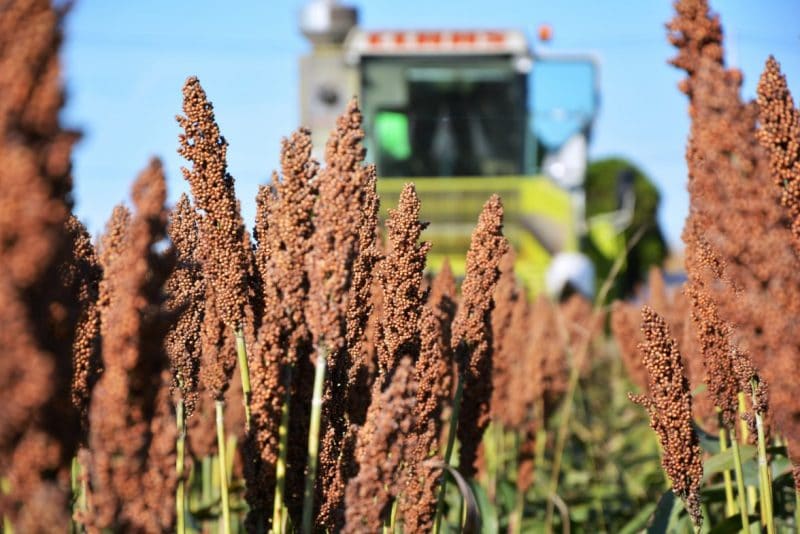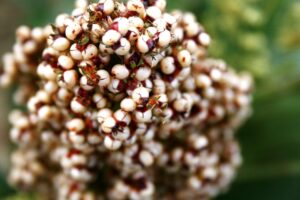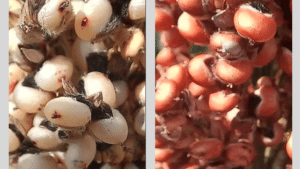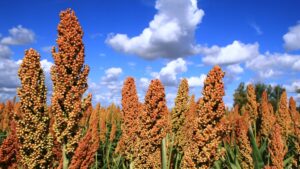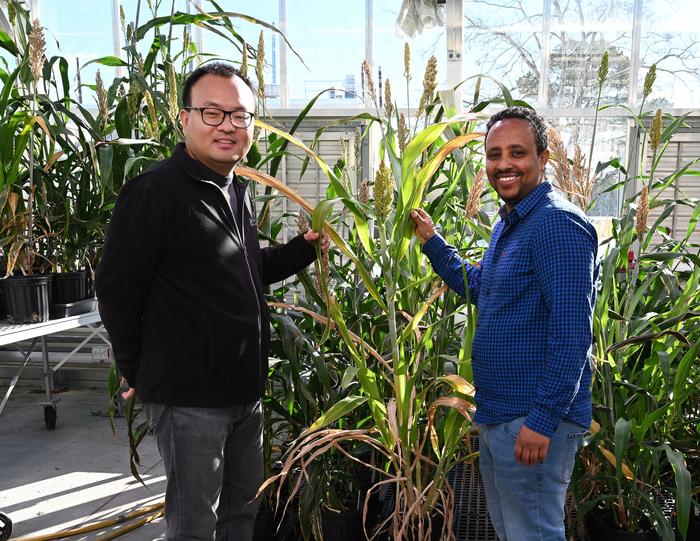From 7 to 8 November 2018, the 2nd European Sorghum Congress, themed “The Future is Sorghum” will take place in Milan, Italy. It has been two years since the launch of the Sorghum ID project in Europe, where an inventory was collected of the entire sorghum industry. The upcoming congress will be the occasion to move sorghum to a higher level, with a very real dynamic, supporting the growth of this ancient grain and the world’s 5th cereal in terms of acreage. With climate change, the need to change our way of cultivating is in the spirit of the times.
For two years, many projects have been implemented by Sorghum ID, the European sorghum association, which brings together the whole sector with wide European representation spanning from Portugal to Russia. It has ongoing actions such as EU-funded sorghum promotion programs in more than 11 countries, organized conferences, nutritional assessment, but also increasing awareness and growing interest of the media and policy makers for this crop.
The key to this dynamic will come from the agribusiness, considering sorghum as a main raw material and the first results show that sorghum can indeed achieve these objectives, particularly with the quality of the seed in animal feed, which now accounts for around 60% of cereal consumption in the EU 28 and outside the EU, with energy values, protein levels, low tannin content, amino acids and essential fats among others, which make this crop very attractive for potential gains in animal productivity and quality in this major industry.
Euralis was the first in Europe to highlight these qualities with a focused action to investigate and gather information and technical data about the use in animal feed. Euralis will publish a nutritional guide just before the second European congress to be used by food manufacturers and the agribusiness.
The other sector of importance will be the human nutrition outlet, which represents around 20% of cereal consumption in Europe. Quality data recognize sorghum as being high in fiber and antioxidant, gluten free, iron rich, which would make it an excellent raw material because of its dietary qualities with lower risk for diabetes, obesity, cholesterol or celiac disease. Today, many innovation initiatives in the uses of human food make it one of the most dynamic crops.
If sorghum took about 5 to 10% of the European cereal consumption, in 2025 this would represent 5 to 6 million ha of total production and would allow to diversify the rotation for the European farmers but also preserve their incomes as well as preserve the production of cereals taking into account climate change, which is a reality today.
For further information about the Euralis expertise of sorghum, click here. See also this video about Sorghum.


